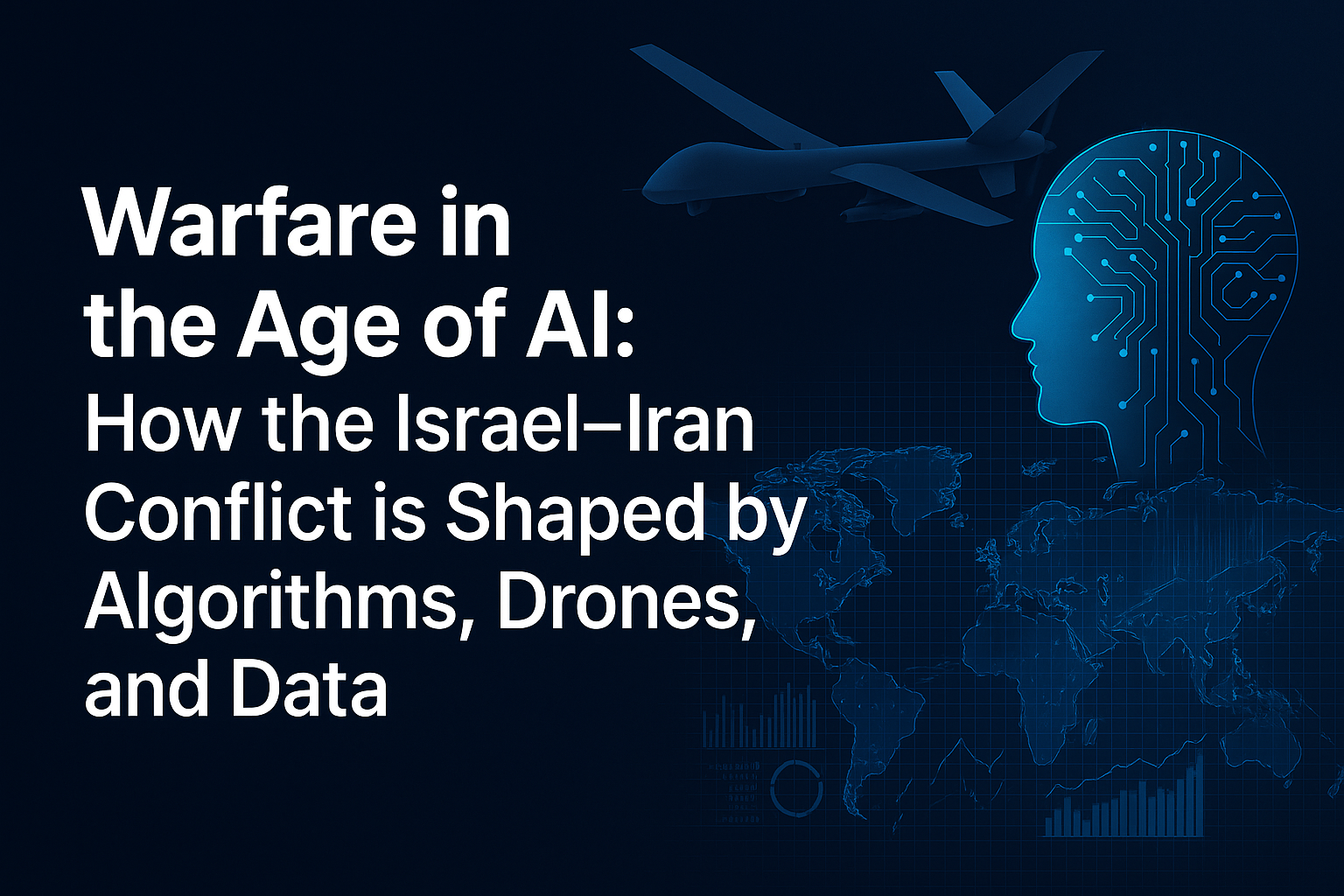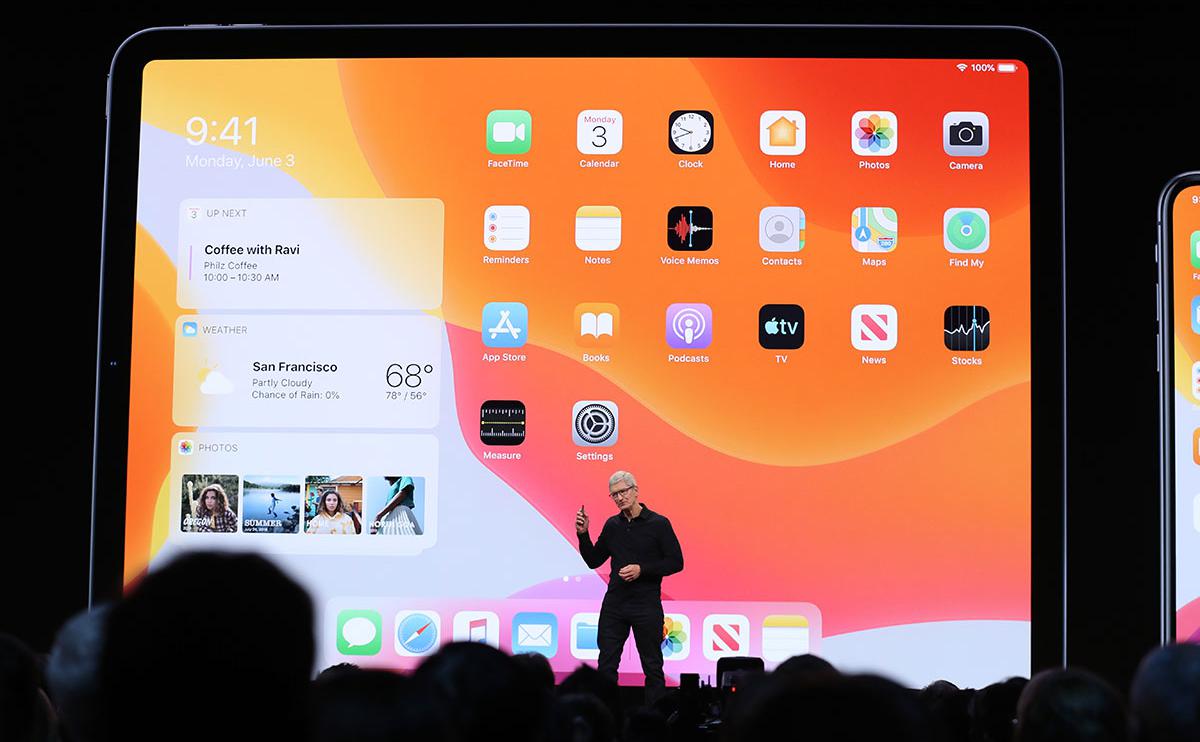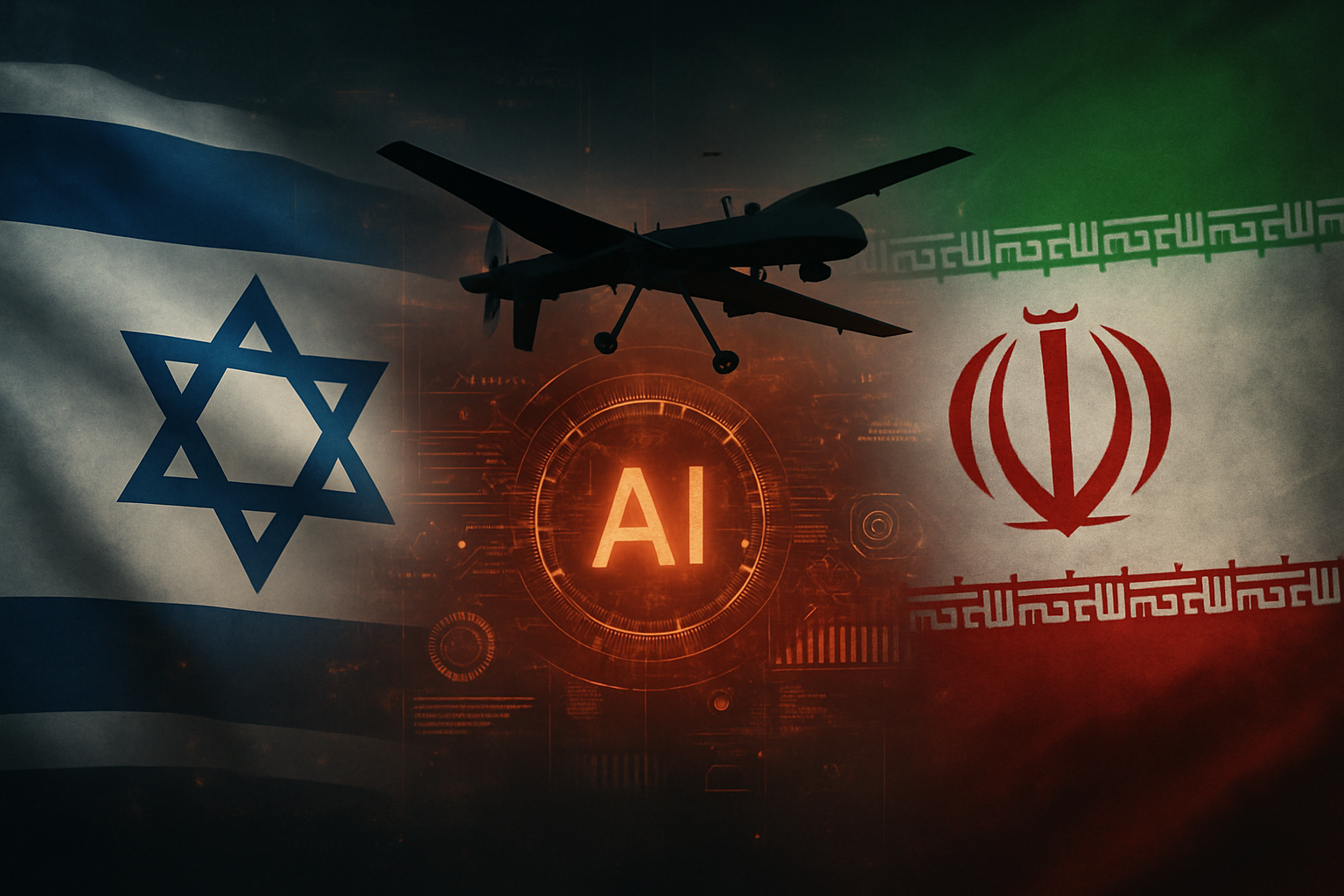- by Zlata Seregina Akkaoui
- Jun 08, 2025
Warfare in the Age of AI: How the Israel-Iran Conflict is Shaped by Algorithms, Drones, and Data
- By Mohammed Akkaoui
- Sep Fri, 2025
- in News

In a world increasingly defined by technology, modern warfare is no longer confined to tanks and trenches. The recent flare-up between Israel and Iran illustrates a seismic shift in how nations engage in conflict. Artificial Intelligence (AI), drones, and data analytics are now central to military strategy, transforming the battlefield into a network of algorithms, real-time intelligence, and automated responses.
This article aims to neutrally examine how advanced technologies are shaping the Israel-Iran confrontation, offering insights into both nations' capabilities and the broader implications for global security.
1. The New Frontlines: Tech as a Force Multiplier Modern militaries increasingly rely on AI to enhance decision-making, speed, and accuracy. Israel has reportedly employed AI systems such as "Lavender," which can scan vast intelligence databases and recommend potential targets for military strikes. In past operations, Israel’s Defense Forces (IDF) have combined satellite data, signal intelligence, and image recognition algorithms to rapidly process battlefield information.
On the other side, Iran has developed its own capabilities, particularly in drone technology. Swarm drones and loitering munitions, some enhanced with semi-autonomous navigation, have been deployed for surveillance and potential strike missions. While Iran’s AI systems are less documented, they have reportedly advanced in cybersecurity and drone fleet coordination.
2. Cyberwarfare: Silent but Explosive The digital domain has become a parallel battlefield. Both Israel and Iran have a history of launching cyberattacks against each other. AI-powered tools are now used to detect vulnerabilities, automate attacks, and defend critical infrastructure.
Israel’s cyber defense is among the most advanced globally, with AI systems monitoring critical sectors like energy and finance. Iran, meanwhile, has built a formidable cyber unit known for launching retaliatory attacks on foreign websites, power grids, and data centers. These operations rely on machine learning algorithms that automate reconnaissance and exploit identification.
3. Data in the Sky: Satellite Intelligence and Open-Source Mapping AI-enhanced satellite imagery is reshaping how both governments—and the global public—observe military movements. Open-source intelligence (OSINT) platforms use machine learning to detect changes in terrain, identify infrastructure damage, and monitor troop activity.
After the June 2025 escalation, satellite images analyzed by AI tools showed the extent of damage to Iranian missile bases and energy facilities. These analyses, shared across platforms like Twitter and Reddit, have democratized warfare observation, making high-resolution insights accessible to civilians, analysts, and policymakers.
4. Ethics in the Code: Can AI Be Neutral in War? As AI becomes more embedded in conflict, ethical concerns intensify. Can a machine distinguish between a military target and a civilian? How transparent are the algorithms used to select a drone strike location?
International bodies like the Red Cross and United Nations have called for stricter regulation of autonomous weapon systems. Israel and Iran, while not bound by all global AI ethics agreements, face growing scrutiny from watchdog groups. The central question remains: How do we balance military efficiency with humanitarian responsibility in the age of AI?
5. What This Means for the Future of Conflict The Israel-Iran conflict is not just a geopolitical struggle—it’s a glimpse into the future of war. As AI tools evolve, we can expect faster, more data-driven engagements, with reduced human decision-making on the battlefield. While this could minimize casualties in some cases, it also raises the risk of errors, escalation, and loss of accountability.
Nations across the globe are watching closely. The next major conflict may not be won by firepower alone, but by whoever has the best code, the most data, and the fastest algorithm.
Conclusion Technology is reshaping warfare in profound and often irreversible ways. The Israel-Iran conflict serves as a case study in how AI and data are transforming military strategy. By examining this evolution from a neutral, analytical perspective, we gain not only insight into today's tensions but also a clearer view of tomorrow's battlefield.
#Israel Iran war AI, #artificial intelligence warfare, #drone warfare 2025, #cyber war Israel Iran, #AI military ethics, #algorithmic warfare, #modern conflict AI



